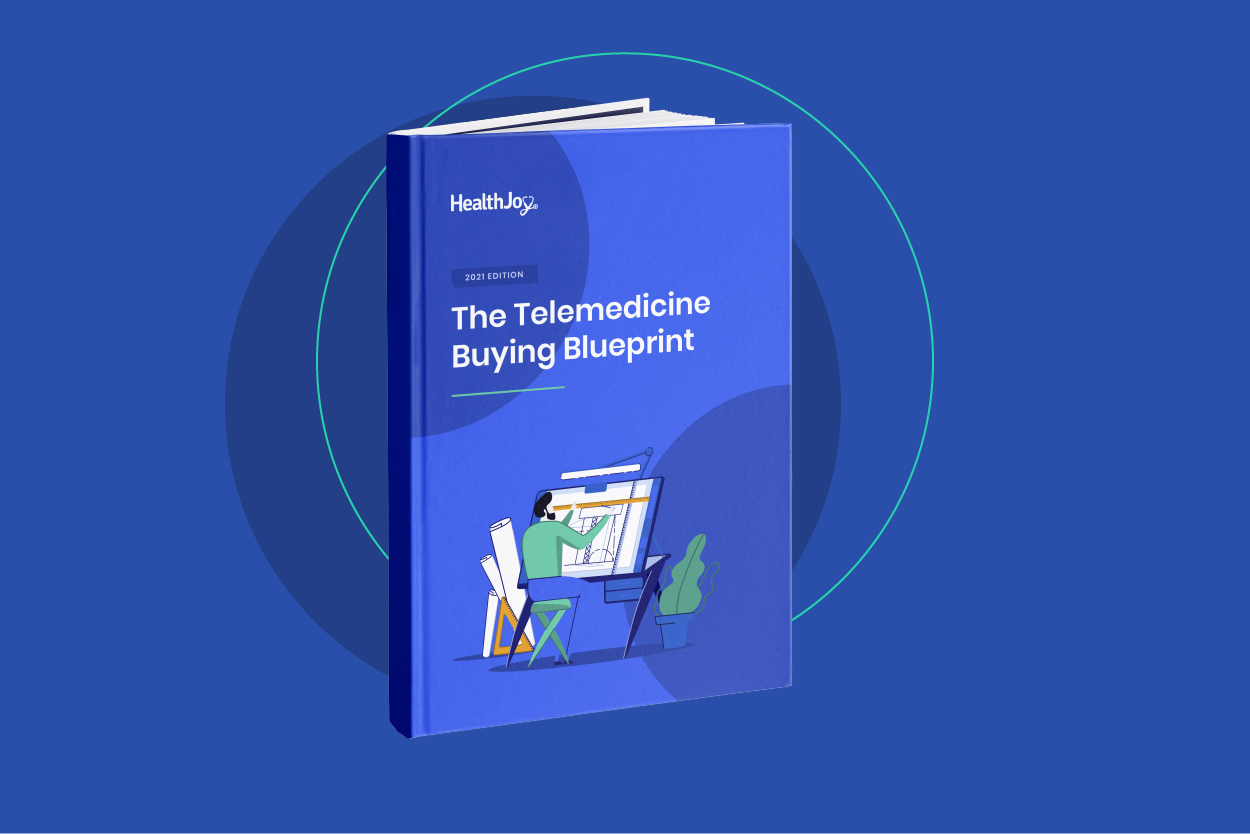eBook: Sustaining Telemedicine’s Momentum in 2021
Before COVID-19, telemedicine benefits suffered low utilization and lagging adoption, especially on carrier platforms. But we witnessed its...
Connected Navigation Platform
Guiding to high-value care
Behavioral Health
Foster a mentally healthy workplace
EAP
Supporting holistic wellbeing
Virtual MSK Care
Reimagining musculoskeletal care
Virtual Primary Care
Powered by smart navigation
Surgery Centers of Excellence
Best-in-class surgical outcomes
Virtual Urgent Care
Immediate care, any hour of the day
Chronic Care
A new approach to chronic care
Integrations
Flexible to any strategy
2 min read
 Melanie Powell
:
October 30, 2025
Melanie Powell
:
October 30, 2025
-1.png)
High deductible health plans (HDHPs) offer employees lower premiums in exchange for bearing a higher burden of out-of-pocket costs. HDHP plans are often a popular choice for those who are healthy, aren’t on maintenance medications, and don’t anticipate medical expenses. When combined with a Health Savings Account (HSA), HDHPs offer a tax benefit that helps employees set money aside and save in expectation of future costs.
While telehealth may seem like a no-brainer for employees seeking healthcare on a HDHP, it’s complicated by HSA regulations.
A decade ago, defining telehealth was a necessary first step. By 2025, it's a standard part of our healthcare system. The 2020 COVID-19 pandemic accelerated its adoption, and today it remains a primary channel for care due to its convenience, accessibility, and affordability.
This shift is reflected in employer benefit offerings. In 2016, only 23% of employers offered telehealth, according to SHRM. By 2024, that number skyrocketed to 91%. Employers now offer these programs either as a single-point solution or, more effectively, as part of a bundled healthcare experience. When used, these programs save time and money for both employers and employees by routing care away from expensive facilities like urgent care and emergency rooms, and allowing the employees to quickly get the care they need & want.
What is a high deductible health plan?
The federal government defines a HDHP as a health plan with a higher deductible than a traditional insurance plan. HDHPs feature lower monthly costs, but often cost more when you do need healthcare, particularly before a deductible is met.
For 2025, a HDHP is a health plan with a deductible of at least $1,650 for individuals or $3,300 for family coverage. Yearly out-of-pocket expenses can’t exceed $8,300 for individuals or $16,600 for families. One way families can soften the blow of high deductibles is through establishing a tax-free HSA. Many employers offer HSA-eligible HDHPs to employees. However, HSAs can complicate the cost of telemedicine for employees on HDHPs.
The federal government’s messaging on HDHPs that qualify for HSAs and telemedicine has—at least until recently—been confusing.
The issue stems from the fact that providing a telemedicine plan with zero copays or at a low set rate could render an individual ineligible to receive or make contributions to their HSA. This was a big problem until the COVID-era safe harbor laws allowed individuals and families on HDHPs to seek telehealth services and use their HSA dollars to cover them, without meeting their deductible first.
These rules had an expiration date, however as of July 2025, the “One Big Beautiful Bill” permanently extended the telehealth safe harbor, allowing HDHPs to cover telehealth and remote care services before the deductible is met without disqualifying individuals from contributing to a HSA. This not only increases access to telemedicine, but it also lessens the financial burden on employees and their families when they need to seek thorough care, while saving time and money.
Based on current trends and the One Big Beautiful Bill change in laws regarding HDHP and HSA with regards to telehealth, the future for HDHPs with HSAs is one of accelerated growth and increased flexibility. These plans are solidifying their position as a mainstream healthcare option rather than just a "catastrophic" plan—which is what they have been commonly viewed as in the past.
With healthcare costs projected to continue rising, employers will increasingly lean on HDHPs as a strategy to manage rising premiums. They will likely position these plans as a consumer-driven choice, encouraging employees to use the tax advantages of the HSA to offset the higher deductible.
The biggest usability error for HDHPs in the last decade has been the telehealth and HSA eligibility issue mentioned above. With the permanent fix, the HDHP and HSA biggest usability problem has been addressed. Additionally, expanded eligibility and higher contribution limits make it a more powerful financial tool for a wider range of people.
This post was updated in October 2025.

Before COVID-19, telemedicine benefits suffered low utilization and lagging adoption, especially on carrier platforms. But we witnessed its...
Telemedicine use is growing at an exponential rate.

Our namesake, JOY, is a little chatbot with a big job. She’s at the center of our app experience welcoming our members, gathering information, and...